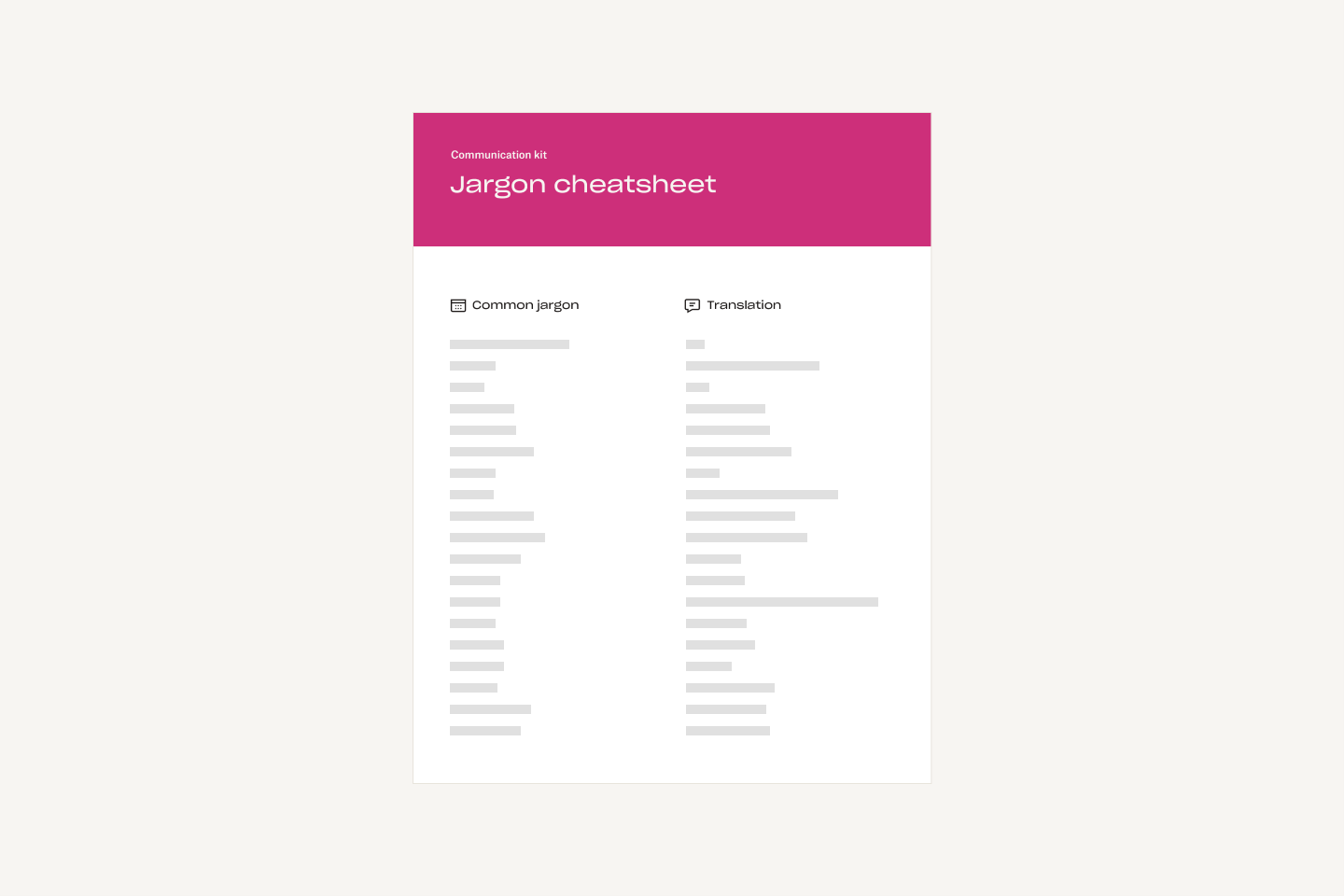Step 1: Learn the top 5 rules for good writing
Great writing is simple, human, and easy for anyone at your company—not just experts—to understand. Before you start editing, take a look at Writing 101 below. When you’re done, reflect:
- The rule I most often nail is _______
- The rule I most often break is __________



